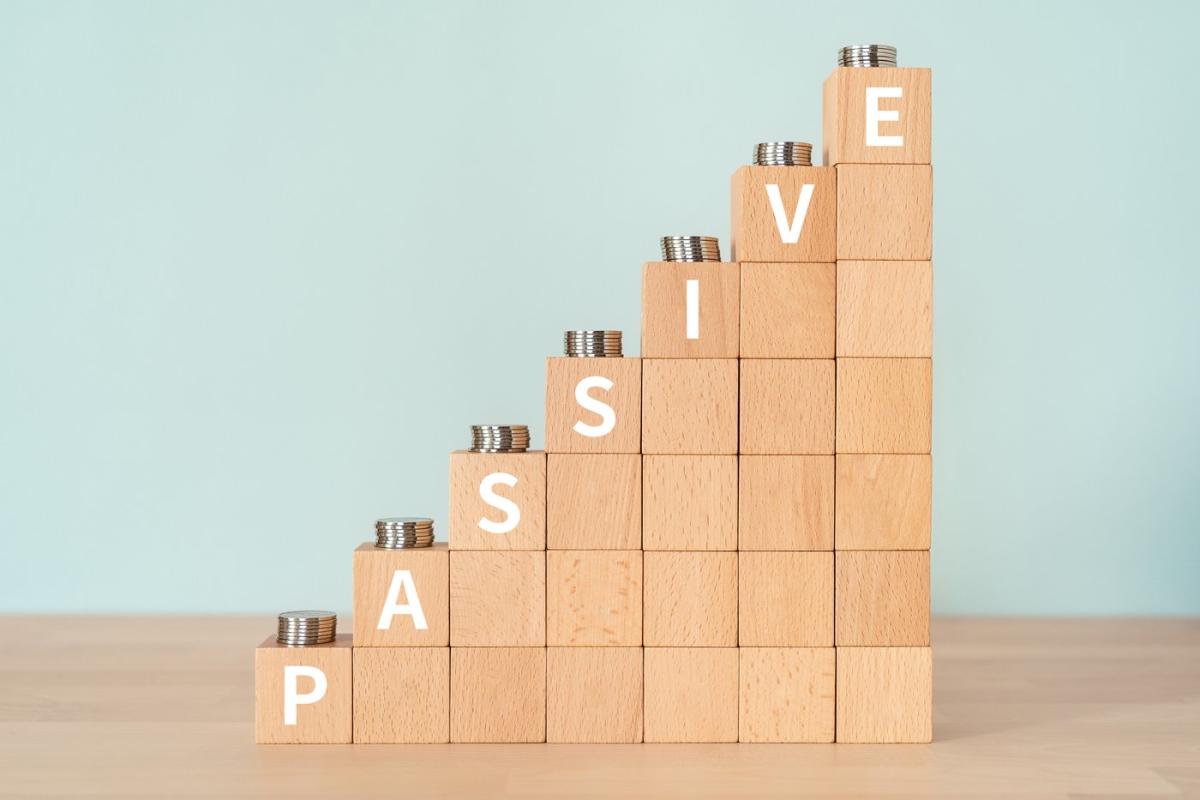In your 20s, working a side hustle on top of your regular job may have been a common practice. Many people, including myself, sacrificed evenings and weekends to build up extra savings. The extra income was worth the effort back then, but as life progresses, priorities shift. These days, with a busy parenting schedule, there isn’t as much time for side gigs. However, thanks to passive income from savings and investments, the need for side jobs has diminished.
Passive income is an attractive concept for many individuals looking to supplement their earnings without the need for constant active work. Earning interest in the bank or receiving dividend payments from investments sounds appealing compared to spending hours each week on a side hustle. But while passive income is a great idea in theory, it’s essential to be realistic about the process of earning it.
Setting yourself up with passive income takes time and patience. In your 20s, the allure of earning immediate cash through a side hustle may have outweighed the slower growth of passive income. Savings accounts and dividend stocks may not have provided substantial returns back then, but as interest rates have increased, the potential for passive income has improved.
For example, with a 4% to 4.5% interest rate on a savings account, having $10,000 saved could earn you an extra $400 to $450 per year. Similarly, to earn $100 a month in passive income from a dividend portfolio with a 4% yield, you would need $30,000 invested. Building up to these levels of passive income takes time and consistent effort in saving and investing.
Starting early with saving and investing can lead to greater passive income opportunities later in life. Working a side hustle in your 20s, when you may have more energy and fewer responsibilities, can set you up for financial success in the future. By building up your savings and investment portfolio early on, you can enjoy the benefits of passive income in your 30s, 40s, and beyond.
In conclusion, while the idea of passive income is appealing, it’s essential to understand that it takes time and effort to achieve significant returns. By being patient, working hard, and making smart financial decisions early on, you can set yourself up for a future where your money works for you. Consider starting a side hustle in your 20s, building up your savings and investments, and enjoying the rewards of passive income in the years to come.
















